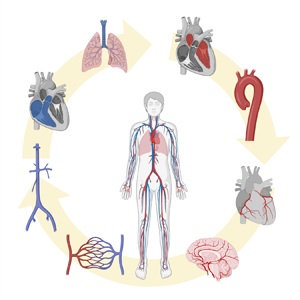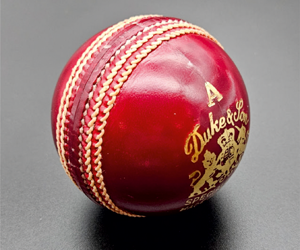Most read
This page lists the top ten most read articles for this journal based on the number of full text views and downloads recorded on Cambridge Core over the last 90 days. This list is updated on a daily basis.
Contents
Cardiovascular fluid dynamics: a journey through our circulation
-
- Published online by Cambridge University Press:
- 14 May 2024, E7
-
- Article
-
- You have access
- Open access
- HTML
- Export citation
Tip leakage flow structure and cavitation inception in a ducted marine propeller
-
- Published online by Cambridge University Press:
- 13 October 2025, E35
-
- Article
-
- You have access
- Open access
- HTML
- Export citation
A review of underwater shock and fluid–structure interactions
-
- Published online by Cambridge University Press:
- 27 May 2024, E10
-
- Article
-
- You have access
- Open access
- HTML
- Export citation
Large eddy simulation of aircraft at affordable cost: a milestone in computational fluid dynamics
-
- Published online by Cambridge University Press:
- 20 December 2021, E14
-
- Article
-
- You have access
- Open access
- HTML
- Export citation
A review and reassessment of the aerodynamics of cricket ball swing
-
- Published online by Cambridge University Press:
- 30 April 2024, E6
-
- Article
-
- You have access
- Open access
- HTML
- Export citation
Large language model driven development of turbulence models
-
- Published online by Cambridge University Press:
- 21 November 2025, E40
-
- Article
-
- You have access
- Open access
- HTML
- Export citation
Experimental and numerical flow field study of submerged translating impinging inclined water jets
-
- Published online by Cambridge University Press:
- 16 October 2025, E36
-
- Article
-
- You have access
- Open access
- HTML
- Export citation
A review on vortex dynamics in the healthy and dilated left ventricles and its application to heart health
-
- Published online by Cambridge University Press:
- 07 May 2025, E10
-
- Article
-
- You have access
- Open access
- HTML
- Export citation
Adaptive drag reduction of a sphere using smart morphable skin
-
- Published online by Cambridge University Press:
- 19 May 2025, E17
-
- Article
-
- You have access
- Open access
- HTML
- Export citation
Dynamics of droplet formation in rotary flow focusing
-
- Published online by Cambridge University Press:
- 30 September 2025, E34
-
- Article
-
- You have access
- Open access
- HTML
- Export citation


















